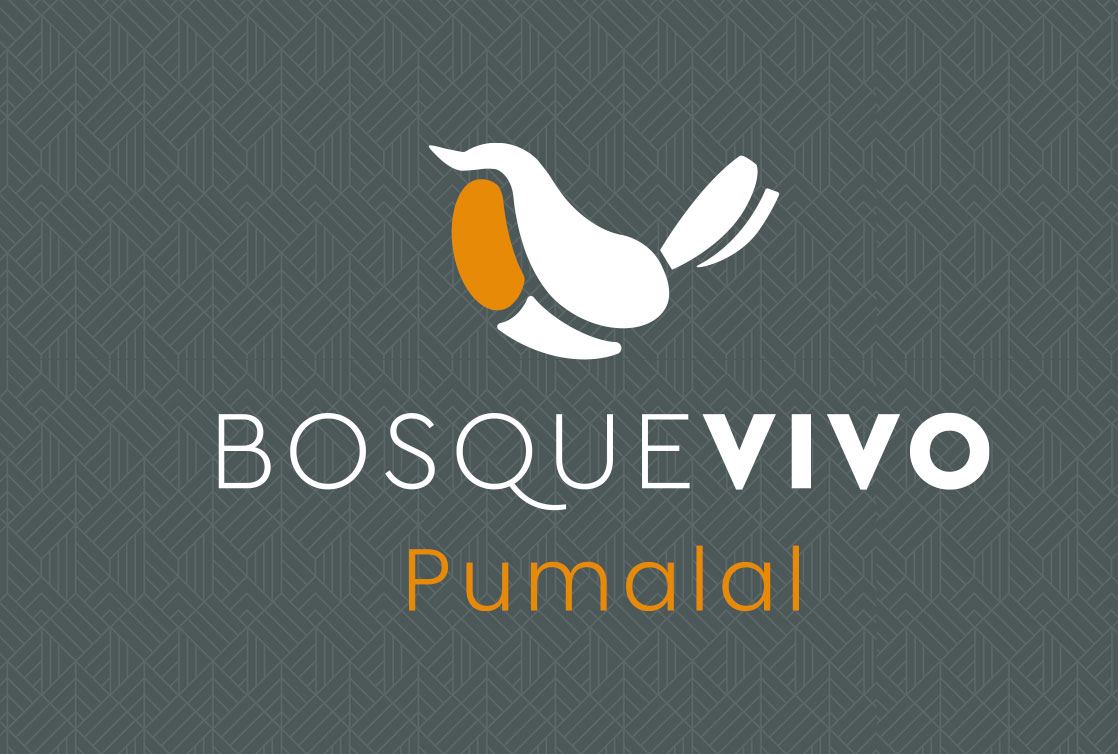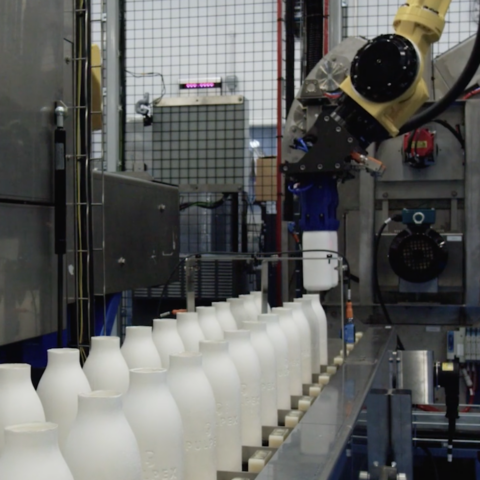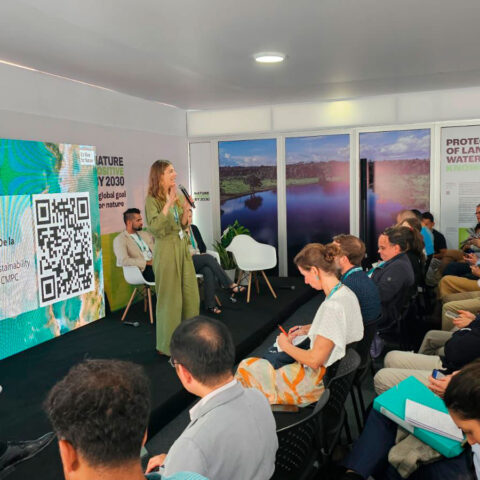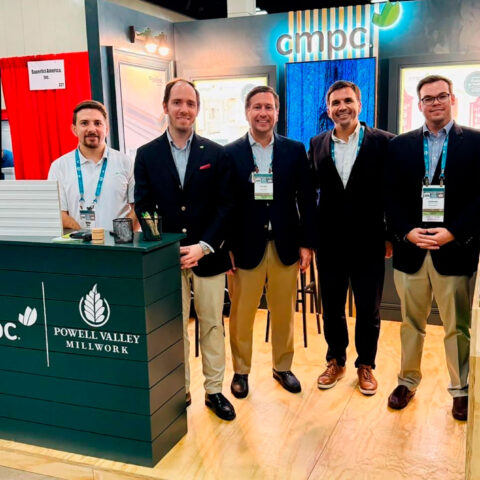MATERIAL ISSUES
Having a process for identifying material issues allows strategic decisions to be made regarding the organization’s significant impacts and opportunities.
This is especially relevant in a dynamic context of regulatory and social changes. In 2022 the Company developed a second Materiality Study, which aimed to update the work carried out during 2018 in its first study. In the 2023 update exercise, the material issues and their respective prioritization are consistent with what was reported in 2022.
A combined index of the probability of occurrence and magnitude of the impact was considered for preparing the double materiality matrix. The matrix presents three levels of priority: material issues with very high priority (Critical “tier 1”), moderately high priority (Very important “tier 2”), and moderate priority (Important “tier 3”):
Having a process for identifying material issues allows strategic decisions to be made regarding the organization’s significant impacts and opportunities.
This is especially relevant in a dynamic context of regulatory and social changes. In 2022 the Company developed a second Materiality Study, which aimed to update the work carried out during 2018 in its first study. In the 2023 update exercise, the material issues and their respective prioritization are consistent with what was reported in 2022.
A combined index of the probability of occurrence and magnitude of the impact was considered for preparing the double materiality matrix. The matrix presents three levels of priority: material issues with very high priority (Critical “tier 1”), moderately high priority (Very important “tier 2”), and moderate priority (Important “tier 3”):
| Dimension | Critical (tier 1) | Very important (tier 2) | Important (tier 3) |
| Environmental | Prevention, firefighting, and restorationWater resource management and related risksEfficient and effective operations in the control of polluting emissions and effluentsSustainable forest management and certified heritageConservation, protection, and restoration of ecosystemsCircular bioeconomy model and waste reduction | Energy consumption and greenhouse gas emissions | - |
| Social | Safety and health for workers and contractorsShared value creationHuman capital developmentCommunity relationship | Diversity and inclusion | Commitment and work environmentCulture and global purpose |
| Governance | Customer satisfaction and brand valueInnovation and biosolutions | Responsible supply chain managementRisk and crisis managementGovernance and business ethicsMonitoring and adaptation to the regulatory environment | Sustainable financing |
REMUNERATION AND COMPENSATION POLICY FOR MAIN EXECUTIVES / COMPENSATION POLICY
CMPC has a compensation, indemnity, and incentive policy for executives and managers, outlined in the Compendium of Corporate Governance Policies and Procedures. This policy establishes the remuneration for both the Chief Executive Officer and the main executives.
The policy was established with the purpose of promoting the quality of management and administration of the Company, which is why it seeks to align the priorities and incentives of the main executives with the short, medium, and long-term objectives within strategic planning.
The income of the Chief Executive Officer and the main executives is governed by market criteria and has a fixed and a variable component. The fixed remuneration is in accordance with a performance that translates into reasonably satisfactory achievements of sustainability and long-term profitability, while the variable seeks to be the incentive that aligns the executives with the interest of the Company and integrates factors such as: productivity, efficiency, security, project progress and sustainability, talent management, among others.
The Board of Directors annually reviews the salary structures and compensation policies of the Chief Executive Officer upon the proposal of its Chairman, and the structures of the main executives upon the proposal of the Chief Executive Officer.
In 2023, changes were established in the structure for the variable compensation of the Chief Executive Officer and the main executives of the organization, integrating Sustainability performance as a fundamental objective aligned with the 2030 strategy. The new structure of Variable Compensation is as follows:
- 20% CMPC Profit
- 25% ROIC CMPC / business lines if applicable
- 15% Sustainability KPIs
- 40% Individual Performance (30% Individual Objectives + 10% Competencies)
Some examples of corporate sustainability goals, and key performance indicators (KPIs) that are aligned with the company’s material issues and with the variable remuneration of CMPC’s senior executives are:
Energy consumption and Greenhouse Gas Emissions: CMPC has committed to reduce absolute greenhouse gas emissions by 50% in scopes 1 and 2 by 2030, and to have zero net emissions by 2040. To achieve these goals, in line with the corporate strategy, various initiatives are implemented in operations, such as improvements in energy efficiency, adoption of renewable energies and emission reduction projects. The main KPI to measure progress towards the goal is the percentage decrease in greenhouse gas emissions compared to the base year. This KPI is part of the scorecard of the senior executives assigned to the supervision and implementation of the environmental strategy.
Management of water resources and related risks: CMPC has established the goal of reducing industrial use of water per ton of product by 25% by 2025. This implies implementing water management strategies to reduce water consumption and improve efficiency in the use of water. The main KPI used to define the progress towards the goal, and the variable remuneration of the executives responsible for this issue, is the percentage decrease in water consumption per unit of production.
Health and safety for workers and contractors: CMPC’s corporate goal since 2019 is to have zero fatalities in operations, both for direct employees and service companies, whether in industrial plants or in forestry operations. Managing to move toward the goal includes improving employee safety records, reducing workplace accidents, and improving employee wellness programs. The KPIs in the scorecard of responsible executives include the reduction in the number of workplace accidents and the total number of fatalities in direct employees and contractors.
Talent Development: CMPC has a strong commitment and conviction to develop talent to grow and transform, always putting the person at the center. This implies achieving an evolution of the culture and leadership that enables compliance with the strategy, aiming at an indicator that measures organizational maturity >55 by 2030. In addition to managing the Talent that is part of the company to have the organizational capabilities necessary to be able to grow locally and globally, managing to duplicate existing talent. This KPI is part of the scorecard of the senior executives assigned to the leadership and implementation of the Talent strategy.
Shared Value: Being a development factor in the territories where we operate and building social capital, implementing the new community relationship framework, developing initiatives that allow linking communities with nature and increasing territorial well-being through the educational field.
Innovation: CMPC has defined creating value for consumers and clients, creating businesses, products or business models that represent 10% of our sales by 2025. This KPI is part of the scorecard of senior executives assigned to leadership and implementation of the innovation strategy.
Competitiveness: Being P10 with impeccable operations is part of the 2030 Strategy’s objectives, in the Competitiveness pillar. This objective is achieved by placing our different plants’ costs -excluding fiber cost (isofiber)- in the best performance 10th percentile in a benchmark against industry peers that are equivalent to each of our plants (isotechnology). Among others, the costs of chemicals, energy, labor and materials are measured. The P10 is part of the scorecard of senior executives assigned to leadership and implementation of the Competitiveness strategy, including the CEO.
Performance evaluations and incentives for collaborators
With our annual Performance Evaluation Cycle, we look for leadership conversations that integrate the evaluation of the objectives and competences of the collaborators, their strengths and the elaboration of individual development plans that will allow them to carry out their work in a better way and enhance their professional growth. It is a process that allows us to align the current and future objectives of the company with the individual contribution.
Within the phases of the cycle, there is the feedback process, which implies a conversation between collaborators and managers, where it is defined together how collaborators can improve their performance. Another crucial phase of the process is the review of the Individual Development Plan (PDI) whose main objective is to promote the improvement and/or acquisition of competencies and skills, through experiences and training that allow the collaborator to guide their future career. There is a collective phase between the leaderships, called “Calibration” instances where the notes are discussed to reach shared performance standards.
The annual bonus for employees is a gross variable amount paid once a year and its amount is determined based on two components:
- 40% Business Result (30% ROIC + 10% Sustainability KPIs)
- 60% Annual Performance Evaluation (40% Individual objectives aligned to strategic pillars + 20% Competences)
- Importantly, all employee goals are aligned with at least one of the five pillars of our 2030 strategy.
Finally, we believe that recognizing and rewarding employees who demonstrate a strong commitment to compliance and who uphold our ethical standards is critical. Our variable compensation framework includes specific provisions that link compensation to performance-related factors, and competencies and conducts oriented towards CMPC’s values: courage, integrity, collaboration and respect. In addition, employees who consistently display exemplary compliance behavior may be eligible for special recognition.
CMPC has a compensation, indemnity, and incentive policy for executives and managers, outlined in the Compendium of Corporate Governance Policies and Procedures. This policy establishes the remuneration for both the Chief Executive Officer and the main executives.
The policy was established with the purpose of promoting the quality of management and administration of the Company, which is why it seeks to align the priorities and incentives of the main executives with the short, medium, and long-term objectives within strategic planning.
The income of the Chief Executive Officer and the main executives is governed by market criteria and has a fixed and a variable component. The fixed remuneration is in accordance with a performance that translates into reasonably satisfactory achievements of sustainability and long-term profitability, while the variable seeks to be the incentive that aligns the executives with the interest of the Company and integrates factors such as: productivity, efficiency, security, project progress and sustainability, talent management, among others.
The Board of Directors annually reviews the salary structures and compensation policies of the Chief Executive Officer upon the proposal of its Chairman, and the structures of the main executives upon the proposal of the Chief Executive Officer.
In 2023, changes were established in the structure for the variable compensation of the Chief Executive Officer and the main executives of the organization, integrating Sustainability performance as a fundamental objective aligned with the 2030 strategy. The new structure of Variable Compensation is as follows:
- 20% CMPC Profit
- 25% ROIC CMPC / business lines if applicable
- 15% Sustainability KPIs
- 40% Individual Performance (30% Individual Objectives + 10% Competencies)
Some examples of corporate sustainability goals, and key performance indicators (KPIs) that are aligned with the company’s material issues and with the variable remuneration of CMPC’s senior executives are:
Energy consumption and Greenhouse Gas Emissions: CMPC has committed to reduce absolute greenhouse gas emissions by 50% in scopes 1 and 2 by 2030, and to have zero net emissions by 2040. To achieve these goals, in line with the corporate strategy, various initiatives are implemented in operations, such as improvements in energy efficiency, adoption of renewable energies and emission reduction projects. The main KPI to measure progress towards the goal is the percentage decrease in greenhouse gas emissions compared to the base year. This KPI is part of the scorecard of the senior executives assigned to the supervision and implementation of the environmental strategy.
Management of water resources and related risks: CMPC has established the goal of reducing industrial use of water per ton of product by 25% by 2025. This implies implementing water management strategies to reduce water consumption and improve efficiency in the use of water. The main KPI used to define the progress towards the goal, and the variable remuneration of the executives responsible for this issue, is the percentage decrease in water consumption per unit of production.
Health and safety for workers and contractors: CMPC’s corporate goal since 2019 is to have zero fatalities in operations, both for direct employees and service companies, whether in industrial plants or in forestry operations. Managing to move toward the goal includes improving employee safety records, reducing workplace accidents, and improving employee wellness programs. The KPIs in the scorecard of responsible executives include the reduction in the number of workplace accidents and the total number of fatalities in direct employees and contractors.
Talent Development: CMPC has a strong commitment and conviction to develop talent to grow and transform, always putting the person at the center. This implies achieving an evolution of the culture and leadership that enables compliance with the strategy, aiming at an indicator that measures organizational maturity >55 by 2030. In addition to managing the Talent that is part of the company to have the organizational capabilities necessary to be able to grow locally and globally, managing to duplicate existing talent. This KPI is part of the scorecard of the senior executives assigned to the leadership and implementation of the Talent strategy.
Shared Value: Being a development factor in the territories where we operate and building social capital, implementing the new community relationship framework, developing initiatives that allow linking communities with nature and increasing territorial well-being through the educational field.
Innovation: CMPC has defined creating value for consumers and clients, creating businesses, products or business models that represent 10% of our sales by 2025. This KPI is part of the scorecard of senior executives assigned to leadership and implementation of the innovation strategy.
Competitiveness: Being P10 with impeccable operations is part of the 2030 Strategy’s objectives, in the Competitiveness pillar. This objective is achieved by placing our different plants’ costs -excluding fiber cost (isofiber)- in the best performance 10th percentile in a benchmark against industry peers that are equivalent to each of our plants (isotechnology). Among others, the costs of chemicals, energy, labor and materials are measured. The P10 is part of the scorecard of senior executives assigned to leadership and implementation of the Competitiveness strategy, including the CEO.
Performance evaluations and incentives for collaborators
With our annual Performance Evaluation Cycle, we look for leadership conversations that integrate the evaluation of the objectives and competences of the collaborators, their strengths and the elaboration of individual development plans that will allow them to carry out their work in a better way and enhance their professional growth. It is a process that allows us to align the current and future objectives of the company with the individual contribution.
Within the phases of the cycle, there is the feedback process, which implies a conversation between collaborators and managers, where it is defined together how collaborators can improve their performance. Another crucial phase of the process is the review of the Individual Development Plan (PDI) whose main objective is to promote the improvement and/or acquisition of competencies and skills, through experiences and training that allow the collaborator to guide their future career. There is a collective phase between the leaderships, called “Calibration” instances where the notes are discussed to reach shared performance standards.
The annual bonus for employees is a gross variable amount paid once a year and its amount is determined based on two components:
- 40% Business Result (30% ROIC + 10% Sustainability KPIs)
- 60% Annual Performance Evaluation (40% Individual objectives aligned to strategic pillars + 20% Competences)
- Importantly, all employee goals are aligned with at least one of the five pillars of our 2030 strategy.
Finally, we believe that recognizing and rewarding employees who demonstrate a strong commitment to compliance and who uphold our ethical standards is critical. Our variable compensation framework includes specific provisions that link compensation to performance-related factors, and competencies and conducts oriented towards CMPC’s values: courage, integrity, collaboration and respect. In addition, employees who consistently display exemplary compliance behavior may be eligible for special recognition.






